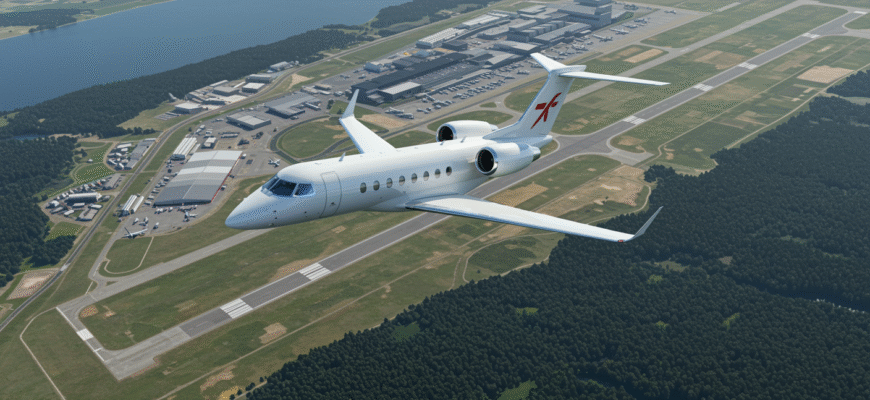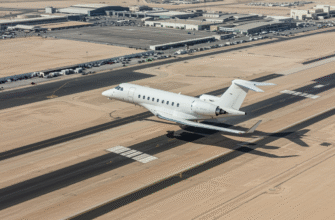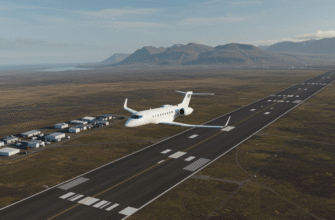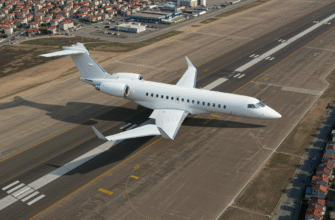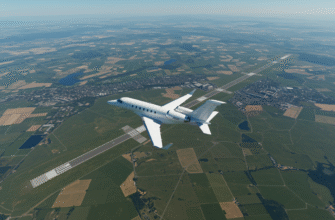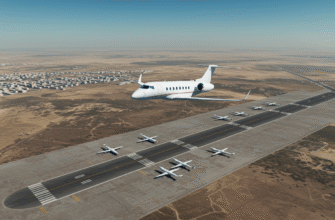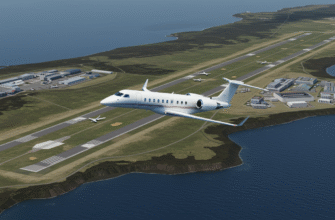Ask someone to name Denmark’s busiest airports and they’ll probably bring up Copenhagen or Billund right away. But Aalborg Airport? Not always on the radar. And that’s wild—because this third-largest airport isn’t just holding its own; it’s quietly reshaping how Northern Jutland moves. Only 6.5 kilometers from Aalborg’s city center, AAL fits the definition of “convenient.” Parking is dirt cheap. Security lines are practically nonexistent. And the train goes right to the terminal—no shuttle buses, no headaches. That combo makes it a sweet deal for more than just locals. People from Southern Norway and even other parts of Denmark are choosing AAL over airports closer to home. Maybe it’s the ease. Or the lower stress. Or the way it feels like a smart travel hack no one else knows about. Either way, it’s working. Especially for folks who’d rather skip Copenhagen’s crowds or who value a smoother, faster airport routine. AAL doesn’t just serve a region—it wraps itself around the traveler’s needs in a way that’s surprisingly rare in modern air travel.
Aalborg’s Secret Edge Over Larger Airports
Let’s be honest—airports are rarely described as “relaxing.” But step into AAL, and things hit different. For starters, the terminal doesn’t sprawl endlessly like a shopping mall after dark. It’s compact, modern, and gets you from curb to gate faster than you can finish your airport coffee.
Here’s where it really outperforms:
- Parking is cheap or even free—a rare perk in aviation land
- Security lines are fast-moving and rarely backed up
- Direct rail access from Nordjyske Jernbaner drops you steps away from your flight
Add to that a clean, bright terminal with expanded gate spaces and an airport layout designed for actual humans—not just aircraft logistics—and you’ve got something that feels borderline luxurious by Danish regional standards. It’s not that Aalborg is trying to compete with Copenhagen International. It just never needed to. AAL built something else entirely: ease.
From Concrete Field To Air Traffic Anchor
Before it was an airport, it was a field. Literally. Flights from Copenhagen to Aalborg actually touched down in a concrete factory yard back in 1936. That was the same year German forces jumped in, laying a long runway to support their own strategy. It’s strange but true—AAL’s start came from Luftwaffe hands.
Fast forward to the Cold War, and Denmark kept the military presence alive. Joint operations existed alongside growing civilian demand. This mix of use wasn’t by accident—it was out of necessity. And it gave AAL a unique layout: parts of the airfield you’ll never step foot on because they still host drills and gear for the Royal Danish Air Force.
The shift to a public airport kicked off once the Cold War eased. By 2001, the current structure was up and running. Then came expansion waves in 2007 and 2013. More gates. Bigger terminal. Better services. From a wartime strip to a traveler-friendly civilian hub—that pivot wasn’t quick. But it worked.
Why North Jutland Runs Through AAL
AAL doesn’t just get people in and out—it moves the whole region’s rhythm. Business travelers here don’t just jet off occasionally. Some rely on the daily flight to Copenhagen the way folks rely on their morning coffee. SAS runs that route like clockwork. It’s not flashy, but it’s absolutely essential.
Then there’s the student impact. Aalborg University isn’t small. And it isn’t quiet. Its international students and academic programs have turned AAL into a revolving door of global traffic. When semester break hits, the airport buzzes. When international conferences come to town? You’ll see it firsthand in the boarding line.
But it’s not just briefcases and backpacks making AAL tick. The airport plays backup dancer to a whole industrial ecosystem:
| Sector | How It Connects to AAL |
|---|---|
| Wind & Energy | Engineers, suppliers, and consultants fly out regularly |
| Tourism | Visitors arrive for Denmark’s beaches and northern cities |
| Food & Fashion | Small-scale brands rely on AAL to move products and meet clients |
| Offshore Oil | Workers fly in and out on tight schedules that demand reliability |
That blend of travelers—students, CEOs, tourists, and workers—gives AAL its unpredictable charm. You never really know who’s flying out next. Or where. It might be a kid heading to Berlin for a semester. A consultant catching that SAS staple to Copenhagen. Or, once in a while, a flight heading across the Atlantic, just to remind you how far this “regional” airport can go.
It’s Not Just Regional – It’s Intercontinental
People still think Aalborg Airport is only for quick hops to Copenhagen or Oslo. But in 2023, heads turned when SAS launched a seasonal non-stop to Newark, New York. And no—it wasn’t a glitch in the matrix. Intercontinental departures from a “regional” Danish airport? That’s not just rare. It’s almost unheard of.
These long-haul flights didn’t happen out of nowhere. Behind them are major travel agencies coordinating chartered seasonal routes with airlines. The demand’s coming from unexpected places—especially adventurous seniors booking once-in-a-lifetime trips. It’s way easier to convince Grandma to fly when AAL’s parking is cheap and security lines are non-existent.
So what’s next? Word is that additional long-range charters are being considered—Southern US, Dubai, maybe something in Africa. The dream isn’t crazy when you’ve already pulled off NYC. AAL’s future might hold more passport stamps than anyone expected.
Designed for Convenience: AAL’s Passenger Experience
Let’s be real—airports are stressful. But Aalborg Airport flips that script. Its entire layout is a reminder that travel should be, well… bearable.
Getting there doesn’t take Jedi-level strategy. If you’re driving, there’s tons of parking and it’s either free or really cheap. No endless emails about where to leave your car or panic-packed shuttles. For those coming in from other cities, the direct rail to the terminal via Nordjyske Jernbaner could legit be the reason people from southern Norway and Denmark choose AAL over bigger hubs.
Once you’re inside, the vibe is low-key clean. Lines move fast, signage makes sense, and you’re not dodging crowds or mystery liquids spilling from open suitcases. It feels sort of like walking into an upscale coffee shop with runways attached. Everything’s compact yet purposeful.
What passengers actually notice:
- Check-in lines that don’t feel like punishment
- Gates that aren’t a mile from security
- Light-filled terminal with modern aesthetics—expanded in 2007 and again in 2013
- Spots to grab local food and chill before a flight
That’s why so many choose this place as their go-to—even if it means driving a bit farther. It delivers efficiency without killing your mood.
Military Still in the Mix: A Living Dual-Purpose Space
Visitors don’t always realize it—but Aalborg Airport still shares its runways with Denmark’s Royal Air Force. You might catch a flash of fighter jets during a boarding call or hear the thunder of a drill while sipping coffee at Gate 3.
That military tie isn’t just historical trivia. It actually props up civilian operations, too. Having military-grade infrastructure in play means better runways, upgraded navigation tech, and heightened emergency preparedness. It’s a quiet benefit that most flyers don’t think about.
Some might imagine that presence would make AAL feel tense or restrictive, but nah—the public doesn’t seem phased. Most people flying in or out pass through without noticing. If anything, it adds a cool factor. Rare is the airport where a family vacation launchpad shares concrete with high-speed training drills.
